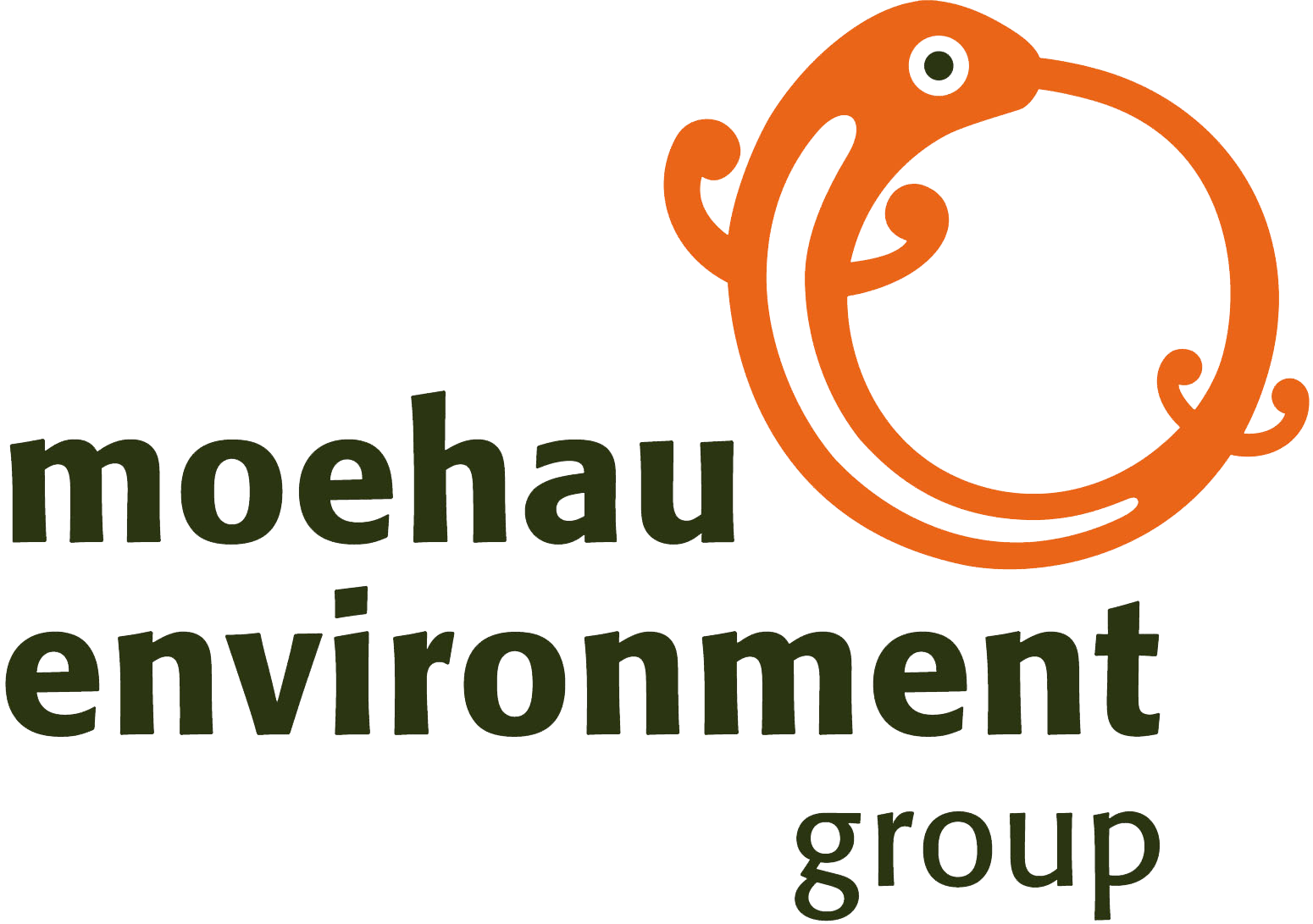Kiwi Sanctuary
Moehau Environment Group is helping to save Coromandel Brown kiwi.
The northern Coromandel is home to the largest predator controlled kiwi habitat on the New Zealand mainland, with almost 30,000 hectares of stoat trapping from Port Jackson to Kennedy Bay. Thanks to the trapping efforts of many community groups and the Department of Conservation.

Nationally our kiwi populations decline every year in unmanaged territories. Kiwi are threatened by predation from dogs, ferrets, wild cats and stoats as well as dangers such as being hit by a car. Fortunately in our Kiwi Sanctuary, decades of predator control are helping kiwi populations bounce back.
The MEG Kiwi Sanctuary began as an extension of the Moehau Kiwi Sanctuary established by DOC in 2000, consisting of a large network of mustelid traps on Moehau. Over the years, MEG have extended our mustelid trapping network from Tangiaro/Port Charles down to Kapanga/Coromandel town, creating a 15 000 ha area protected by around 1400 traps that are serviced by volunteers and contracted trappers every month. We are grateful for the support of Save the Kiwi for routinely funding this important work.
Our aim is to create an area of low mustelid numbers to allow improved fledging success for kiwi primarily, but also all other native birds in our ngahere, such as pāteke, kākā, and miromiro/tomtit among others.
MEG has undertaken a Kiwi Listening Survey every winter at five sites within the Kiwi Sanctuary since 2004. The good news is that estimated kiwi numbers from the recorded calls have increased since our trapping began, with three times as many recorded in 2022 than 2005, see our latest report below. A wider ‘census’ survey is undertaken every 10 years with the next due in 2025. MEG’s landscape control of stoats and weasels, combined with the efforts of other groups in our area, and our advocacy for the protection of kiwi, is directly benefiting the kiwi within our sanctuary.
MEG are proud to be a partner in Save the Kiwi’s Operation Nest Egg scheme. Only 5% of kiwi chicks that hatch in the wild reach adulthood, mainly because of stoat predation of young kiwi. If eggs can be taken from the nest and chicks reared in safe environments until they are large enough to fend off attacks from stoats, then they have a 65% chance of survival. Read more about Operation Nest Egg here.
Kiwi Survey
2004 - 2022,
MEG is excited to share a report put together by Diane Prince, our treasurer and kiwi monitoring professional, summarising the results of the kiwi call listening survey that we undertake each year in the area of our mustelid trapping network stretching across 15, 000 ha of northern Coromandel (known as the Kiwi Sanctuary).
Our recently completed kiwi survey shows a continual increase in both numbers of kiwi calling and in estimated numbers of individual kiwi, despite some year-to-year variation. The estimated numbers of kiwi heard in 2022 has increased by 300%. This is an amazing result from all the hard work put in by so many people and different organisations over the years.
Ngā Mihi / Thank you to our dedicated listeners who have gathered this survey data from 2004 - 2022 and to everyone who contributes by taking part in trapping, clearing tracks, building traps, or supporting us in their own way. We also want to thank your work and the support we receive from Waikato Regional Council as well as DOC and the other groups and individual landowners who are undertaking pest control and habitat restoration in this area. It all helps to restore kiwi numbers.
“Kiwi are prolific breeders producing four eggs every year in clutches of two. Half of those eggs will hatch, and out of those that hatch only 5% will ever get to become an adult. It takes one pair of kiwi twenty years to replace themselves due to habitat loss and predators and the number one threat to kiwi is stoats. Even though the stoat is quite a small mustelid, they will kill a small kiwi chick and are known for not eating the kiwi but tucking the dead kiwi away. The second greatest threat to kiwi is dogs and not just a big dog but even the little dogs.
A kiwi doesn’t have a lot of defence mechanisms when it comes to dogs and can be easily crushed”,
Diane Prince, Kiwi Practitioner.
